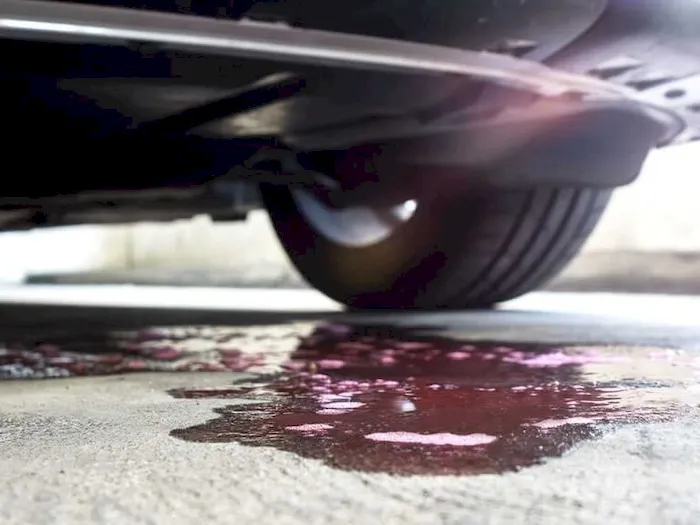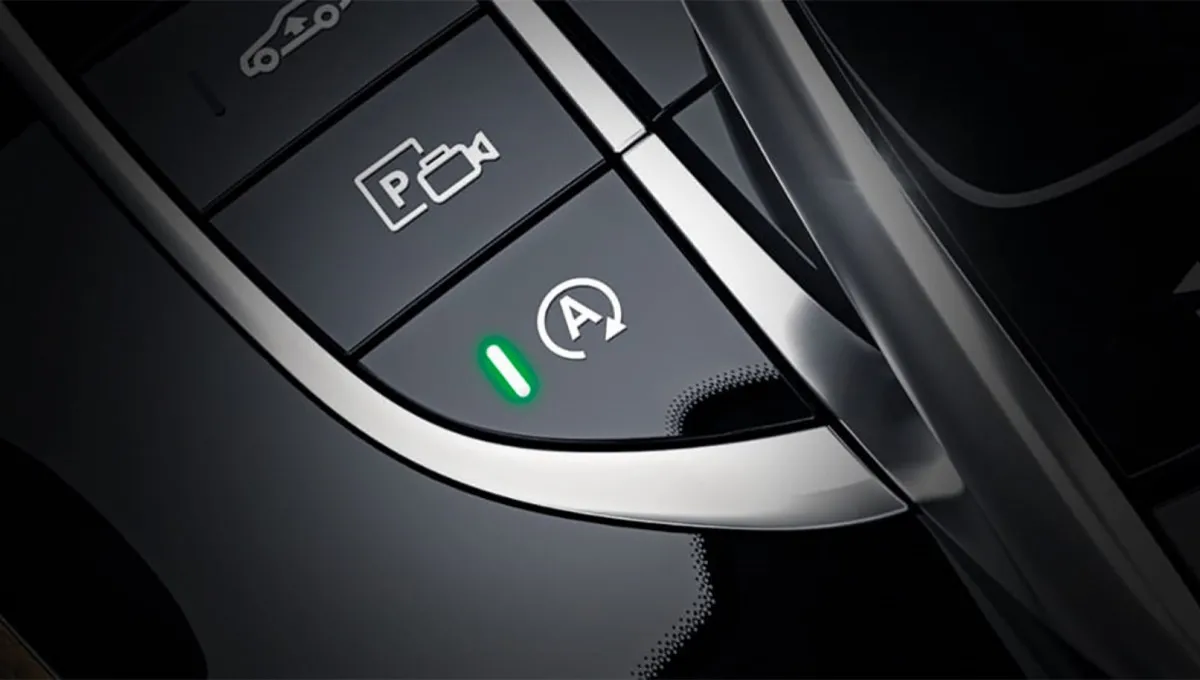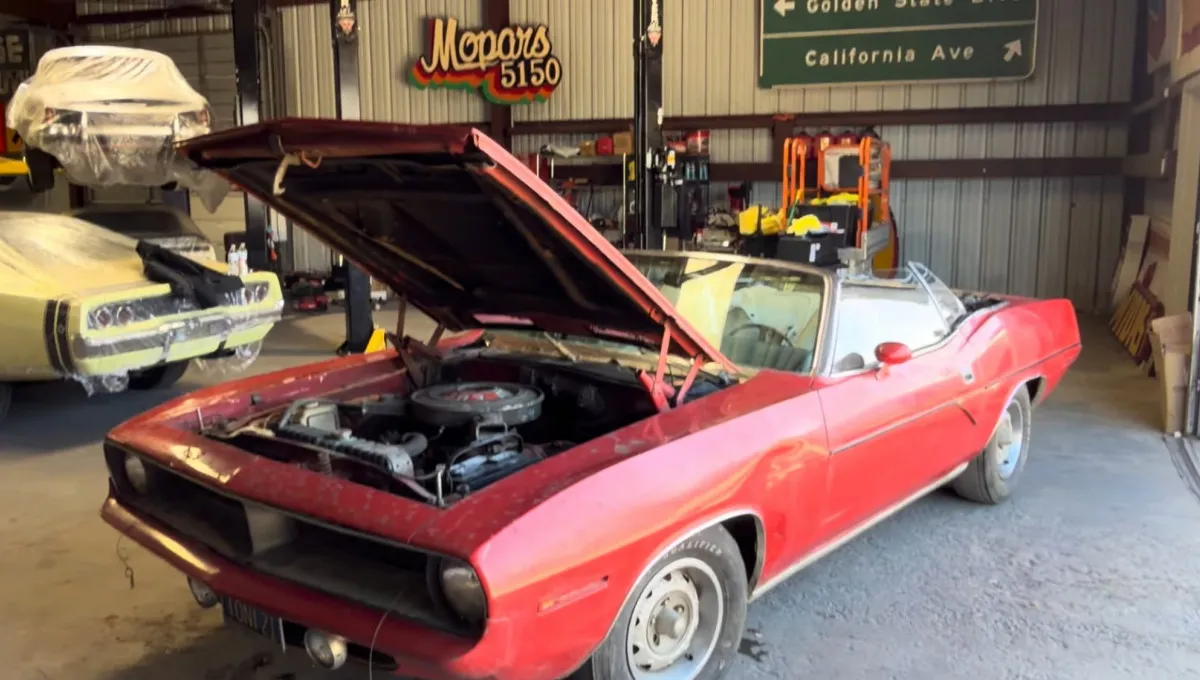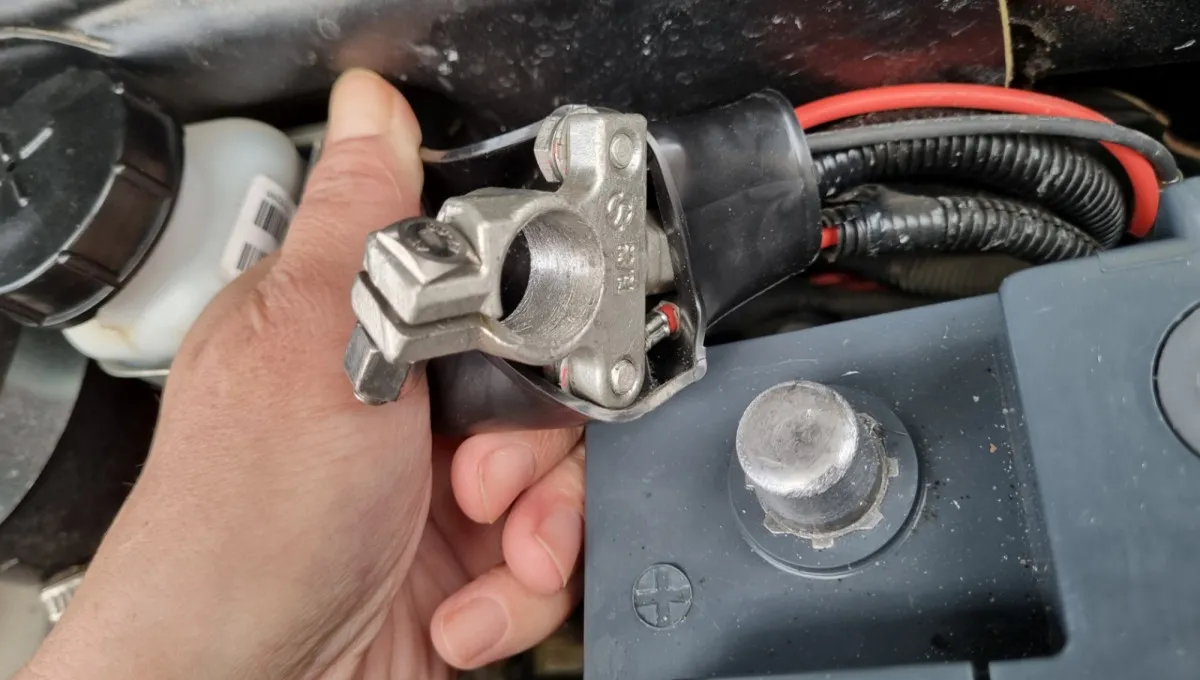It Sounds Crazy: Fixing a Leaking Radiator with Eggs—Tried and True
Automotive journalist Jason Marker swears he’s done this trick at least three times—and says it’s never failed him.

You’re on a road trip when your coolant level suddenly starts dropping. Then you notice telltale drips on the radiator. There’s no auto parts store in sight—and even if there were, who knows if they’d have a replacement radiator in stock?
Marker’s advice: head to the nearest supermarket—you’re almost guaranteed to find one. Pick up some coolant to top off your system and a carton of eggs. Here’s what to do next:
-
Let the engine cool completely.
-
Crack one to three eggs and pour the contents into the coolant reservoir.
-
Start the engine and let it warm up to operating temperature.
-
The leak should gradually seal itself.
A Farmer’s Hack
Marker grew up in rural Ohio farm country, where farmers have plenty of homespun tricks for reviving broken-down tractors in the middle of a field. “When your hens are eyeing you hungrily and you need that busted tractor running again, you get creative,” he jokes. The egg trick is something he learned as a kid.

Three Conditions for Success
First, this is only a temporary fix. As soon as you can, drain the egg-and-coolant mixture, repair the radiator properly, and thoroughly flush the entire cooling system.
Second, it works only for small leaks—don’t expect eggs to save a radiator with a gaping hole.
Third, there’s no guarantee this method will work on today’s more sensitive, high-tech engines. “The last time I tried it was on my 1990 Dodge Daytona,” Marker admits.
And there’s a fourth, more practical issue: a dozen eggs these days can cost more than a liter of coolant—especially right before Easter. If the leak is tiny—and that’s the only case where this hack works—you might be better off just topping up the coolant periodically instead of dealing with a messy system flush later.
You may also be interested in the news:

What Does an Automotive Start-Stop System Bring More — Harm or Benefit?
Most modern vehicles come with auto start-stop systems that shut off the engine at stops, but drivers remain divided.

Why a CVT Can Be Better Than a Traditional Automatic: Three Reasons to Rethink Continuously Variable Transmissions
Many drivers still shy away from CVTs out of habit. They’re often seen as delicate, high-maintenance gearboxes that demand constant attention.

Rare 1970 Plymouth Cuda Wears Scars With Pride, True Survivor
When Plymouth rolled out the redesigned third-generation Barracuda for 1970, it hit dealerships with bolder styling and a wider range of powerful V8 options, giving the model fresh momentum.

Is It Safe to Disconnect a Car Battery While the Engine Is Running—and Which Terminal Should You Remove First?
In some situations, drivers remove the battery from a running car, install it in a stalled vehicle to start the engine, and then put it back.

Study Ranks the Least Reliable Electric SUVs Based on Owner Breakdowns
A recent study has identified the top five least reliable electric SUVs on the market.